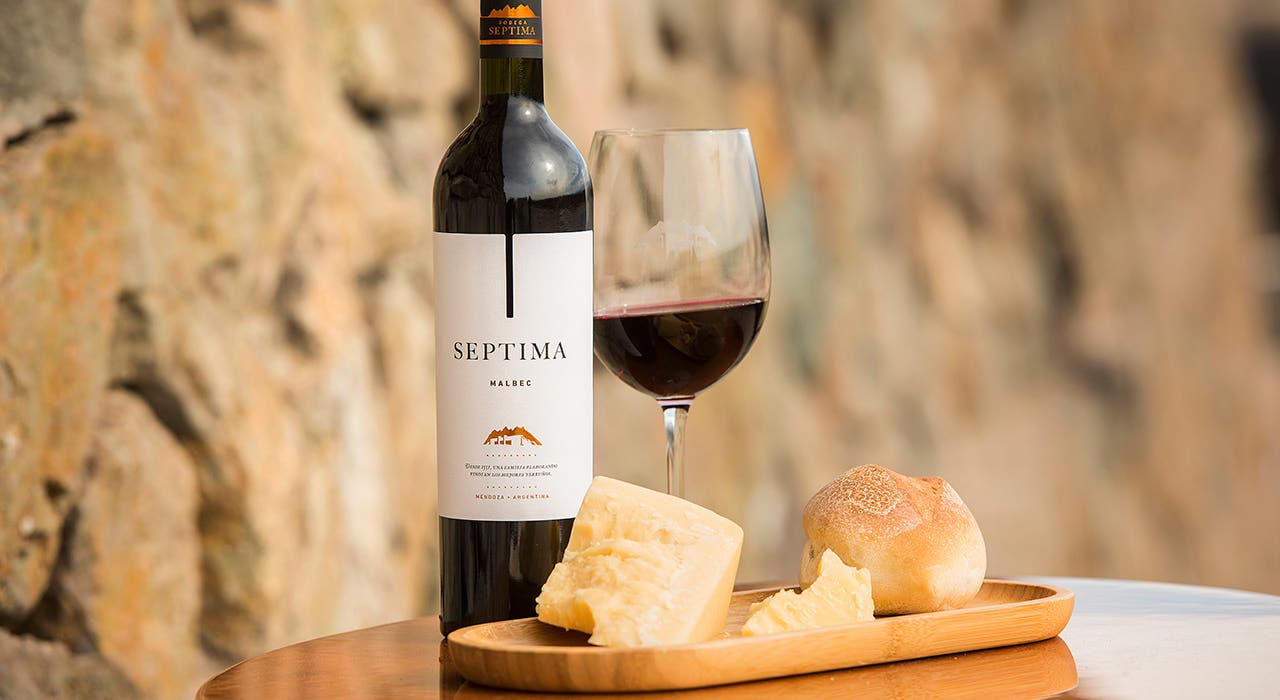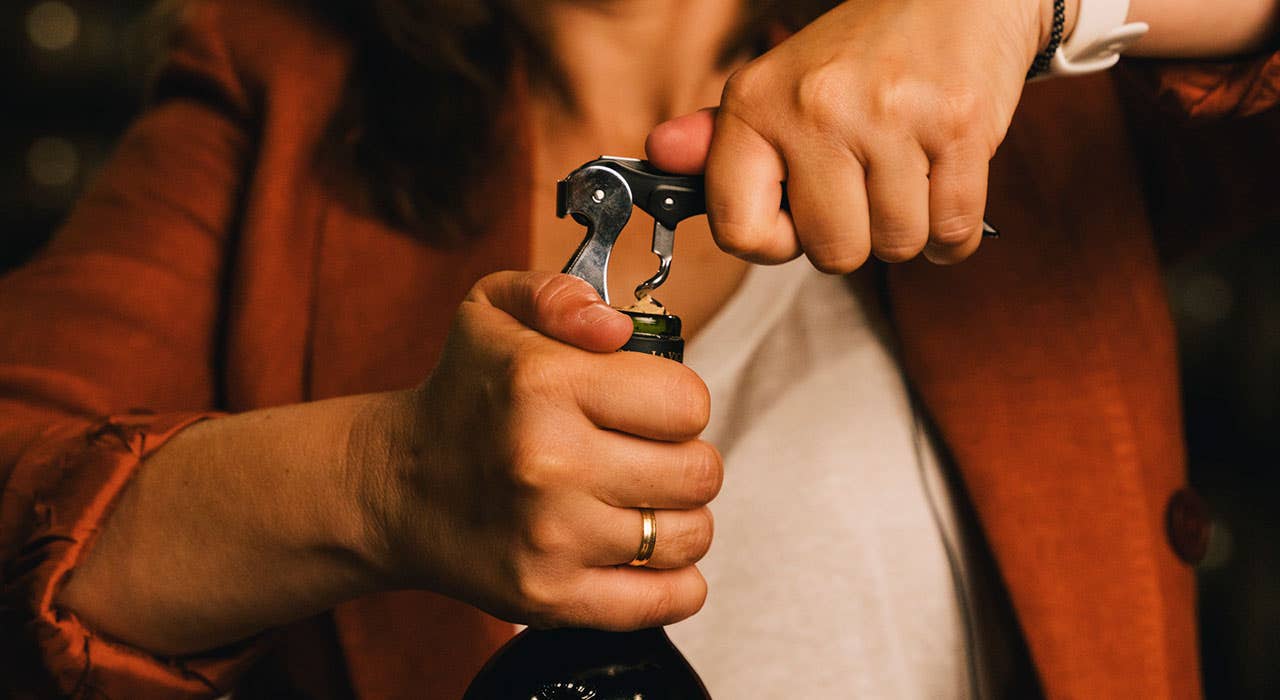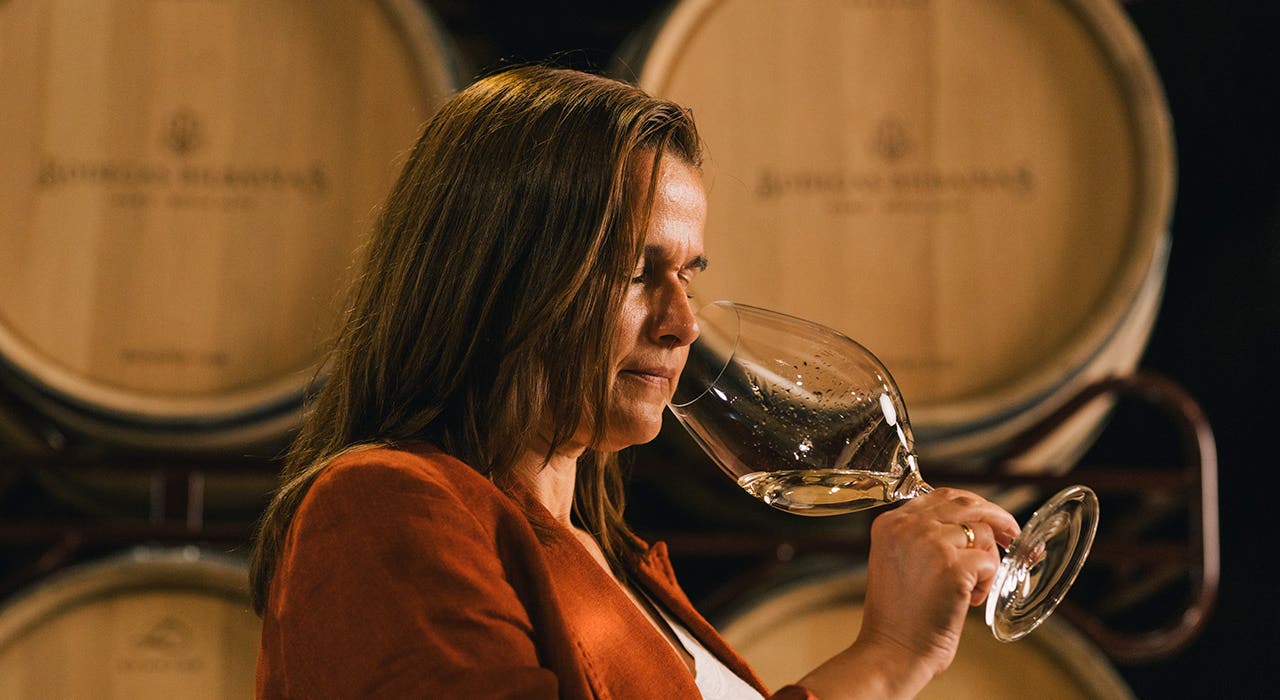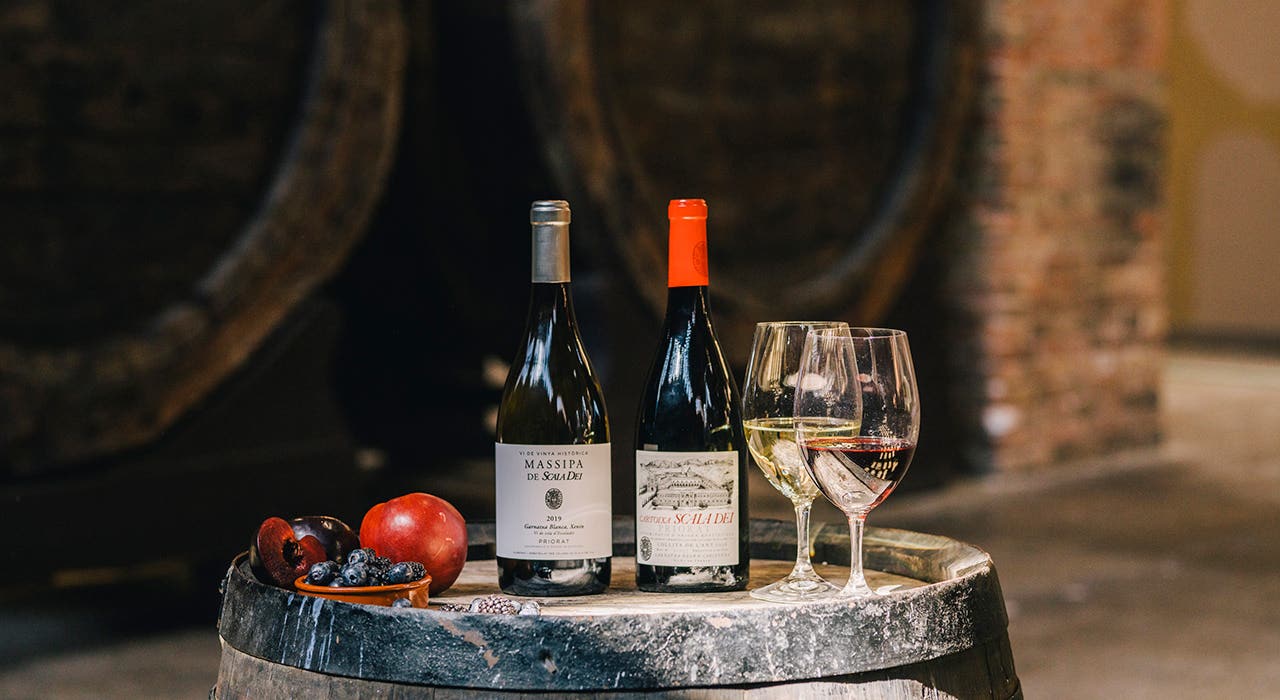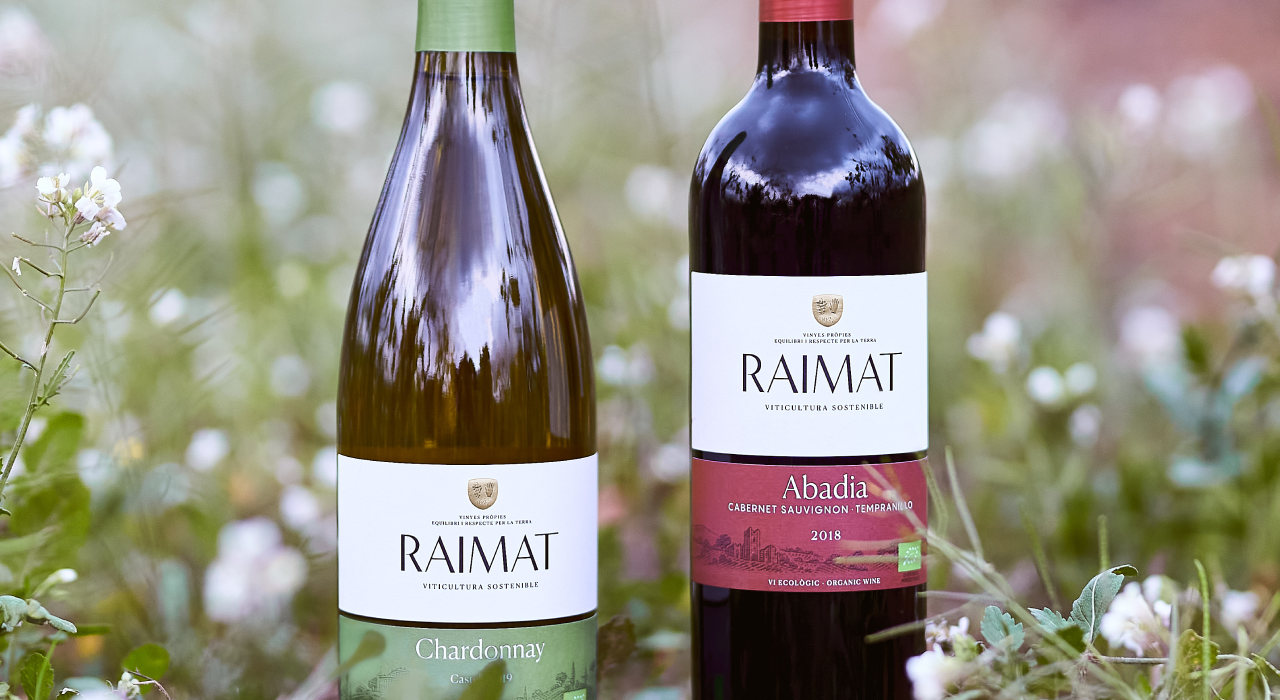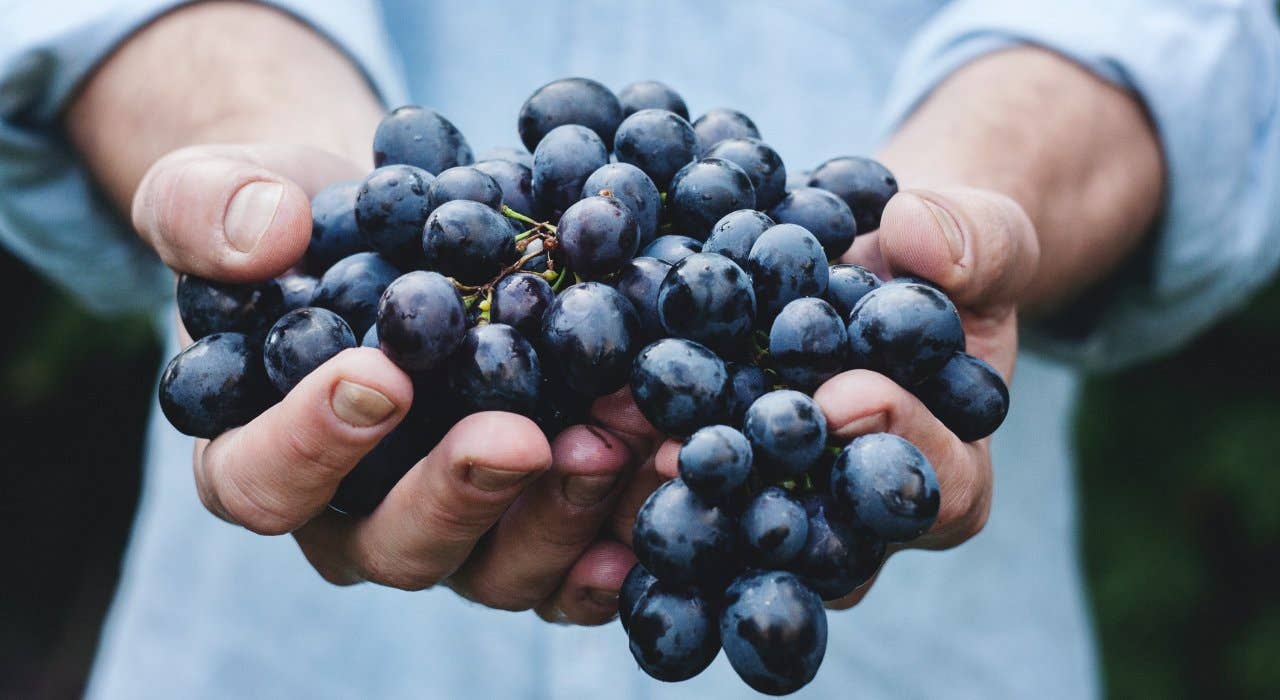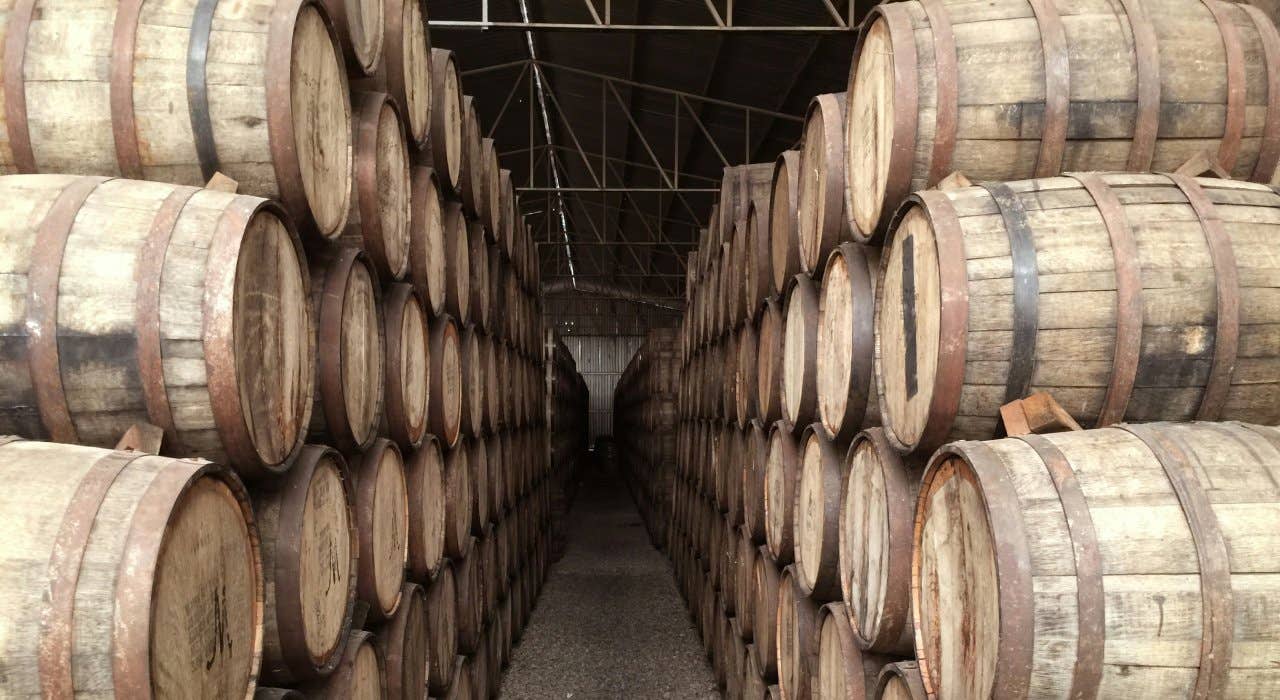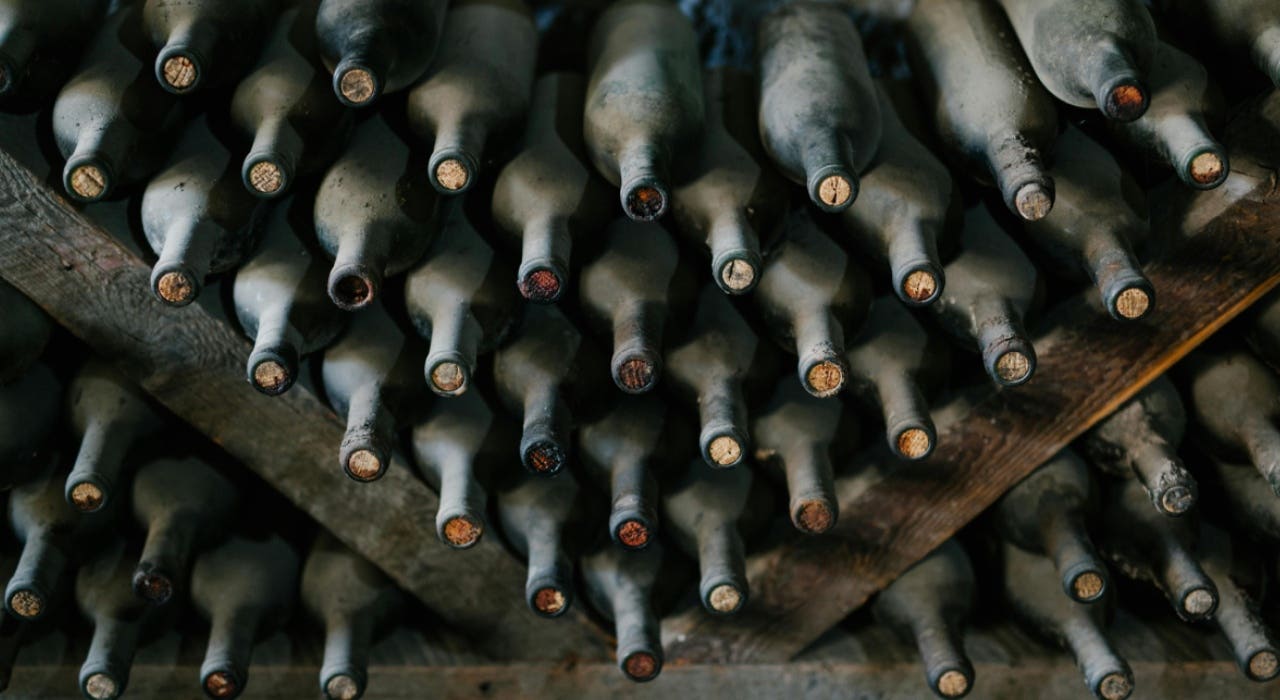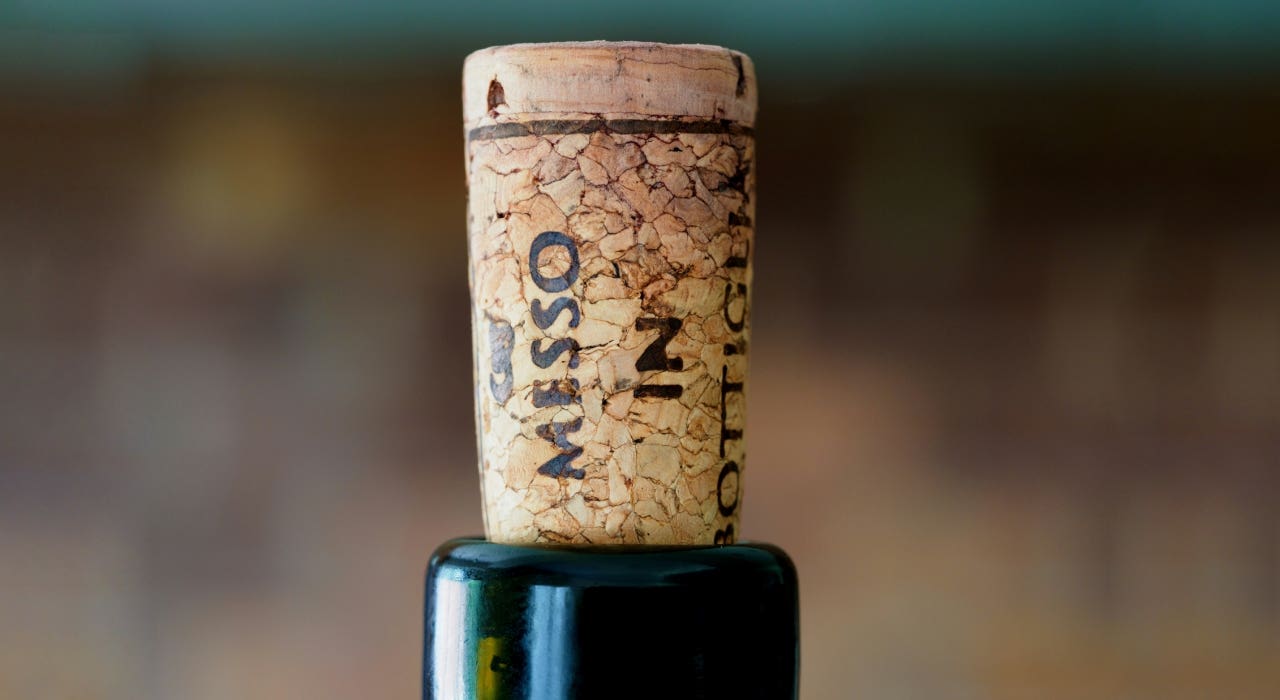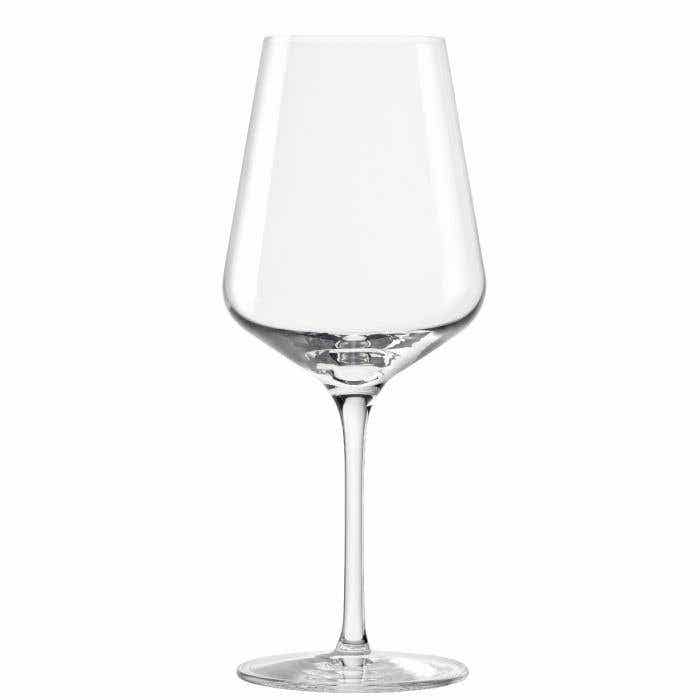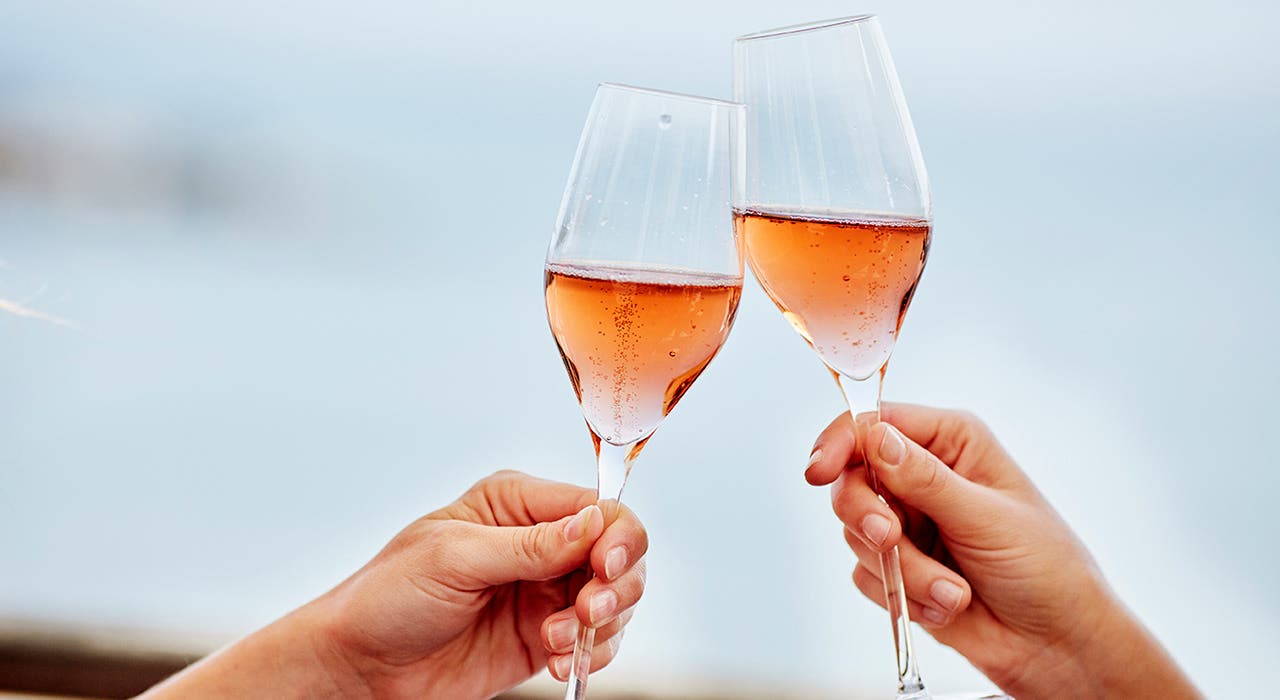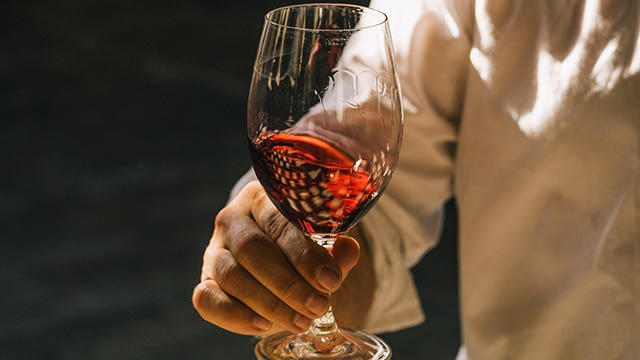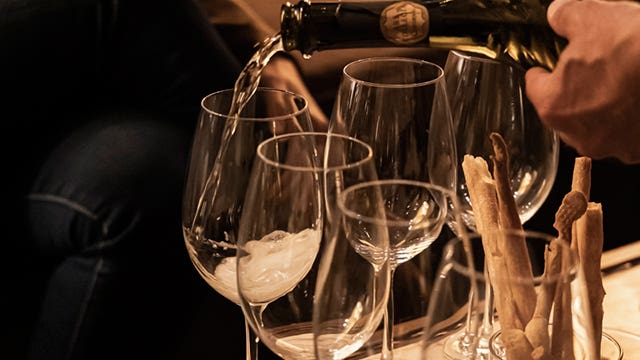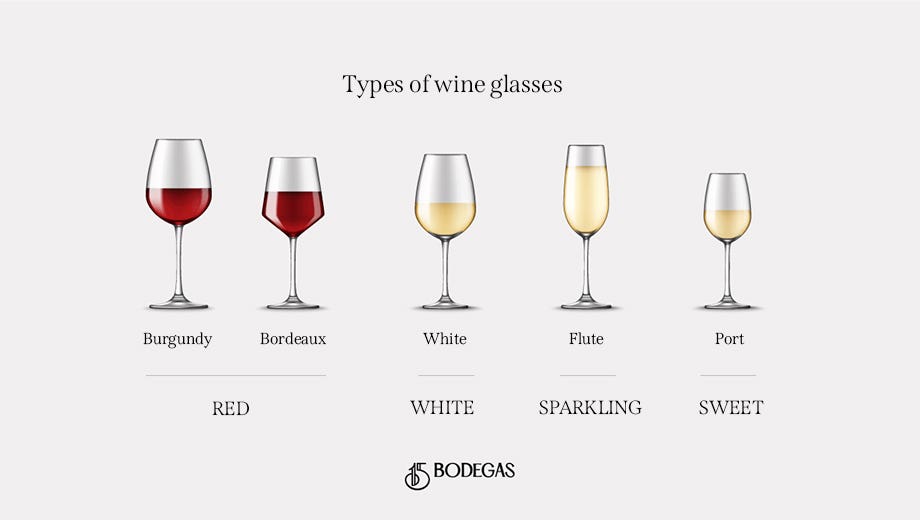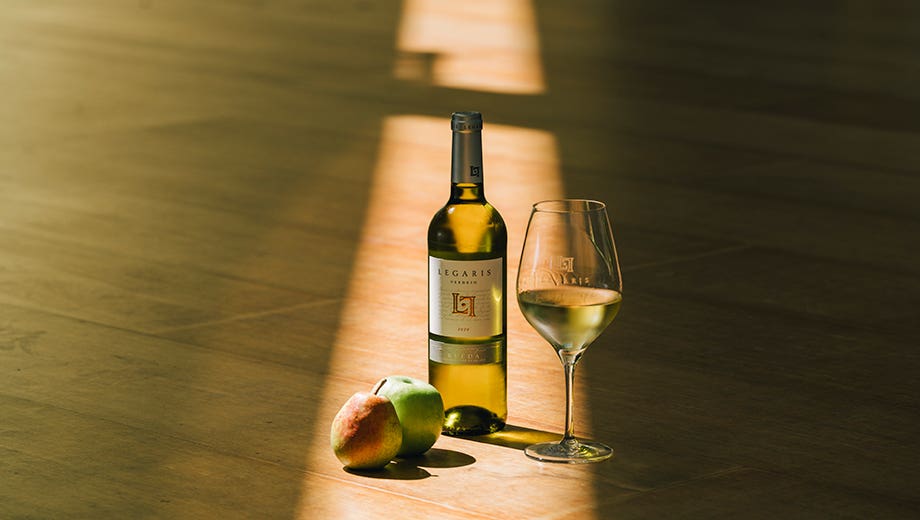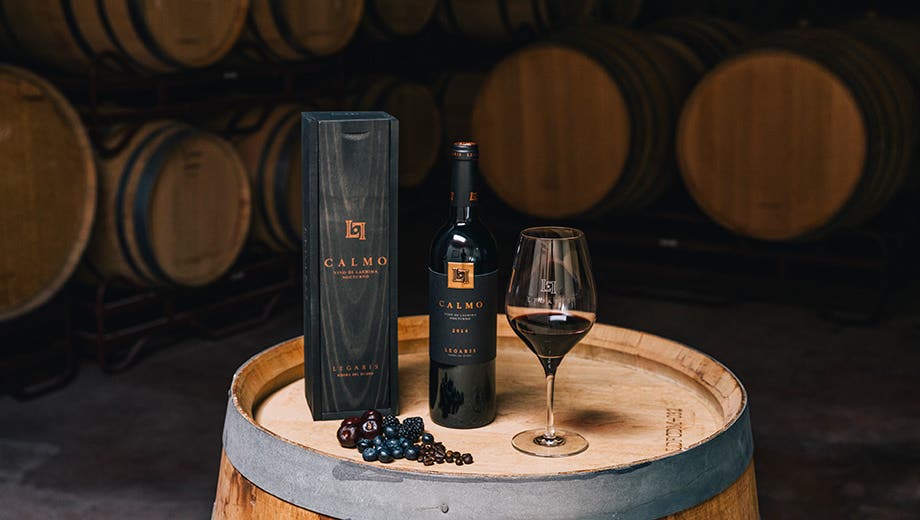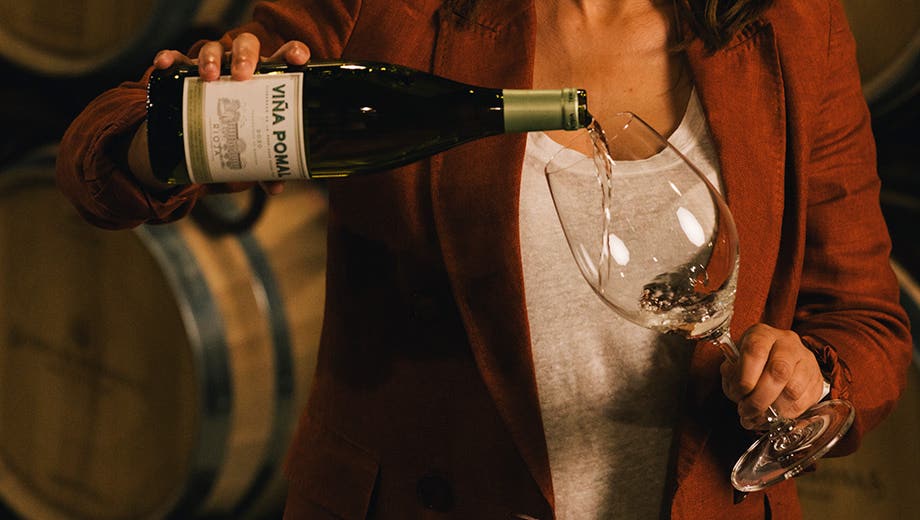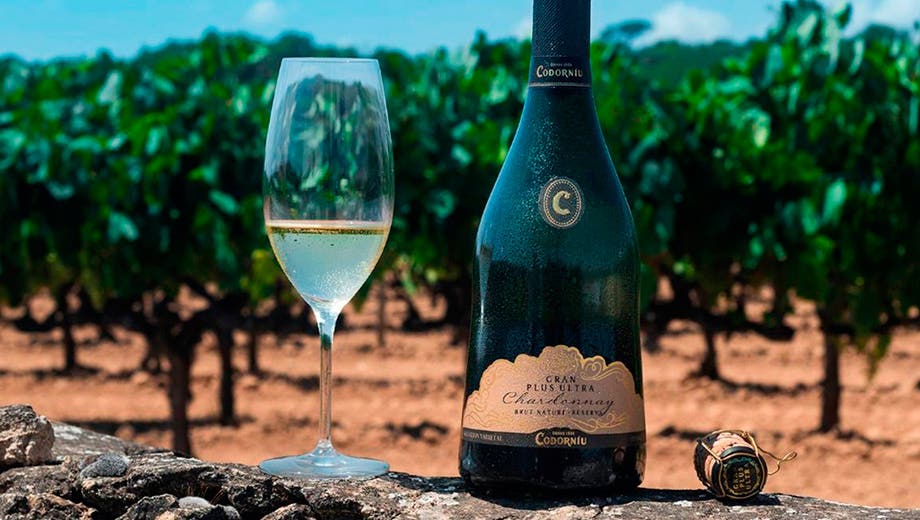The parts of a wine glass are, from the bottom, the base or foot, the stem, the bowl, and the rim.
Wide or narrow bowl?
The parts of a wine glass are, from the bottom, the base or foot, the stem, the bowl, and the rim. Now that you know what they are, and you know how important it is to choose the right receptacle, we will now go over the factors you should take into account to make the right choice:
—Glasses with a wide and broad bowl allow you to get that first, direct aromatic hit and also preserve all the freshness of the wine. When you want to taste a wine in which the aroma concentration may be too saturated, such as a fruity, young, or acidic wine, we recommend this type. On the other hand, if you want the wine to have greater oxygenation, as in the case of wines that have been aged for two to three years, with delicate aromatic nuances, or those aged in oak, opt for this type of glass so the wine may have greater contact with the air. Don’t forget to swirl the wine in the glass in a circular motion so that the secondary and tertiary aromas come to the surface more easily.
—To capture the aroma of the wine as it rises through the air to your nose, you should look down toward the bowl of the glass. When tasting complex wines, such as those aged for longer periods or with more delicate aromas, these are enhanced when served in glasses with a narrow bowl base. This way, when you taste an aged or aromatic wine, you will avoid excessive oxygenation. This also helps the wine to move towards the back of your mouth and you will not taste the excessive sweetness that certain wines have when you first taste them.
Which glass is suitable for which type of wine?
As we have already mentioned, the shape and type of glass can help you enhance or subdue the features of the wines. Although there are no glasses designed for specific wines, we recommend you familiarize yourself with the three or four most commonly used types so you can enjoy a good wine in optimal conditions.
Red wine
The main types of glasses for these wines are Burgundy and Bordeaux. They are typically large glasses, to facilitate oxygenation, and with rounded bowls so that you can swirl the wine properly inside. The Burgundy type differs from the rest because the base of the bowl is wide and the rim is narrow to favor the concentration of aromas.
The Bordeaux model is the most common and is taller than the previous. The rim is wider than the Burgundy so that the wine is distributed from the center of the mouth, and the bitterness of the wine's tannins is minimized. It is perfect, above all, for tasting young red wines, although it may also be used for dry and young white wines.
White wine
The perfect glass to drink this type of wine is very similar to the Bordeaux in shape, but with a smaller bowl and a longer stem. The base of the bowl is usually wide to enhance sweetness, especially in chilled wines. The smaller bowl prevents excessive oxygenation and, additionally, its shape helps preserve the low temperature that this variety needs. It is also perfect for young, fruity rosé and red wines that you want to serve chilled.
Sparkling wines
In general, the most recommended glass is the flute. It’s a tall, slender, and narrow glass. This shape helps keep the wine cool and, precisely for this reason, the glass is usually thicker than other varieties. Its stem is long and slender. Thanks to this, you will be able to see how the bubbles form and rise to the surface. Although it is suitable for all types of sparkling wines, it is also perfect for the Spanish wine known as cava.
Special wines
Although you may perfectly enjoy the majority of the wines available with the above mentioned types of glasses, there’s a fourth type we mustn’t neglect to mention: the sherry glass. It is very similar to the one used for sparkling wines, but it is smaller and has a shorter stem.
Similarly, the port glass, wider and with a more narrow rim, may also be used to enjoy any sweet aromatic wine like a Oremus Aszú 3 PTT served chilled, such as the Pedro Ximénez, the Oloroso or Amontillado sherries, or the famous Hungarian Tokaj. With this type of glass, their features are enhanced.
In conclusion, now that you know what type of wine glass to use for each occasion, we recommend that you embark on the adventure of buying quality wines and create your own small collection of glasses at home.
